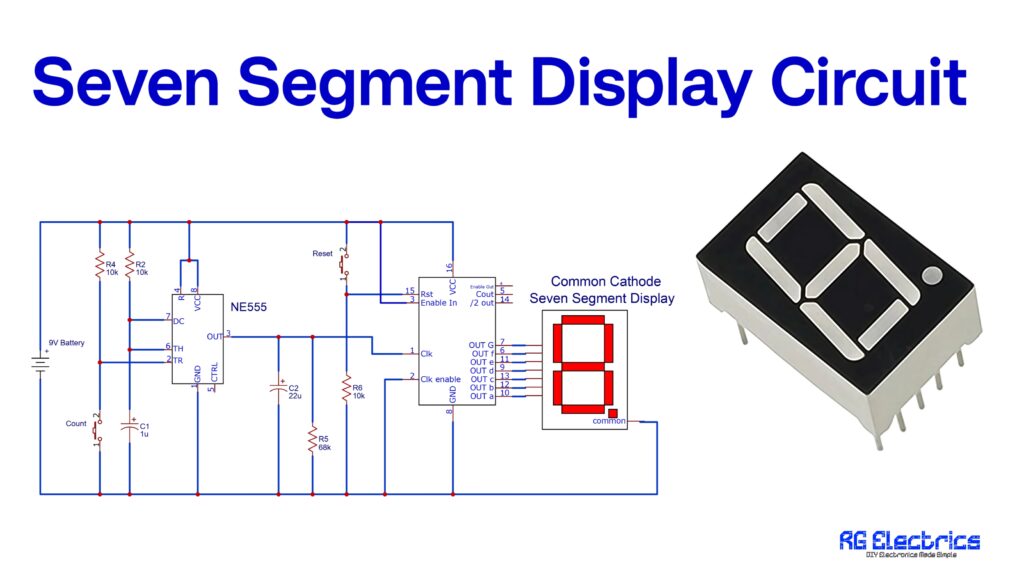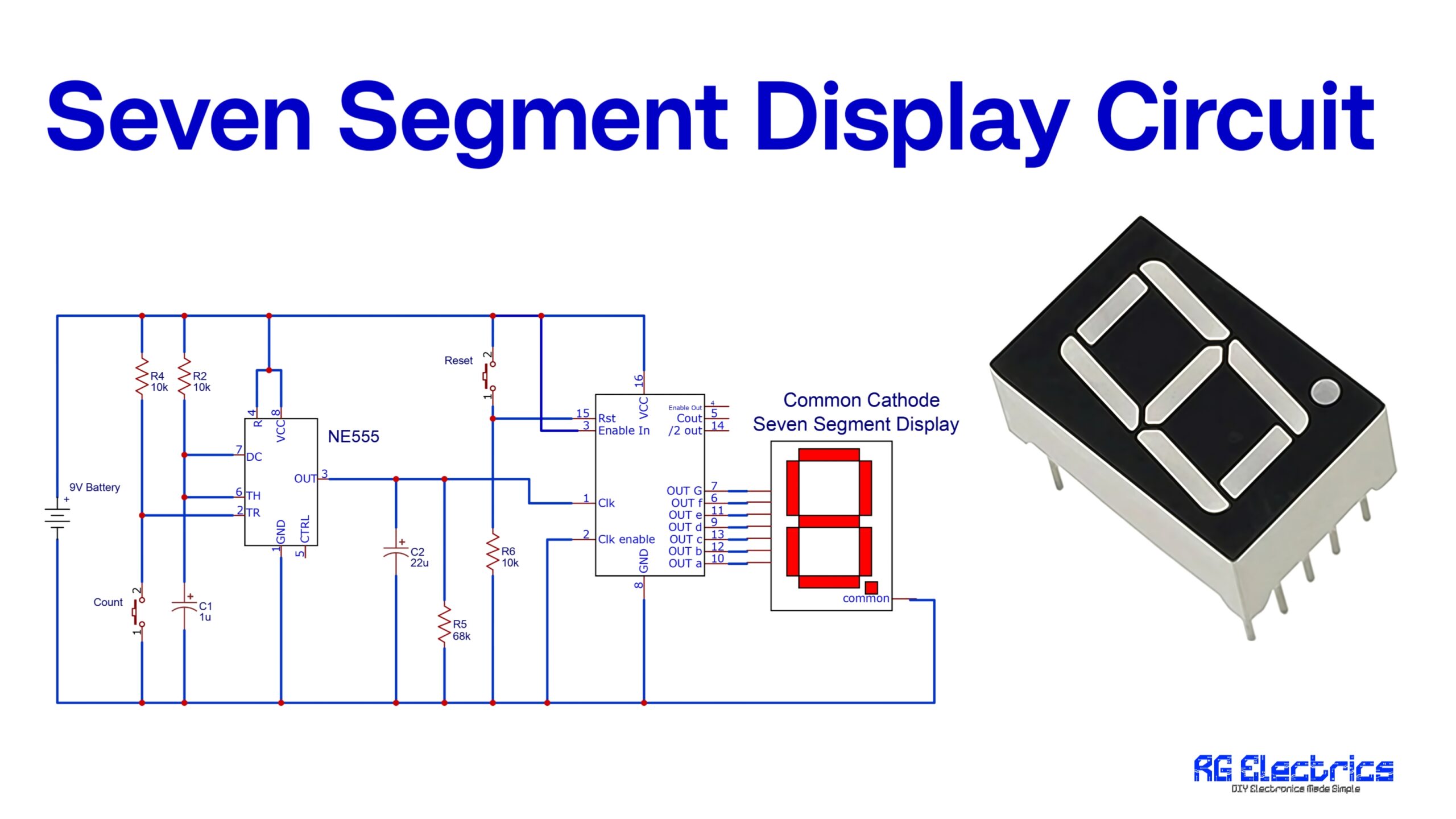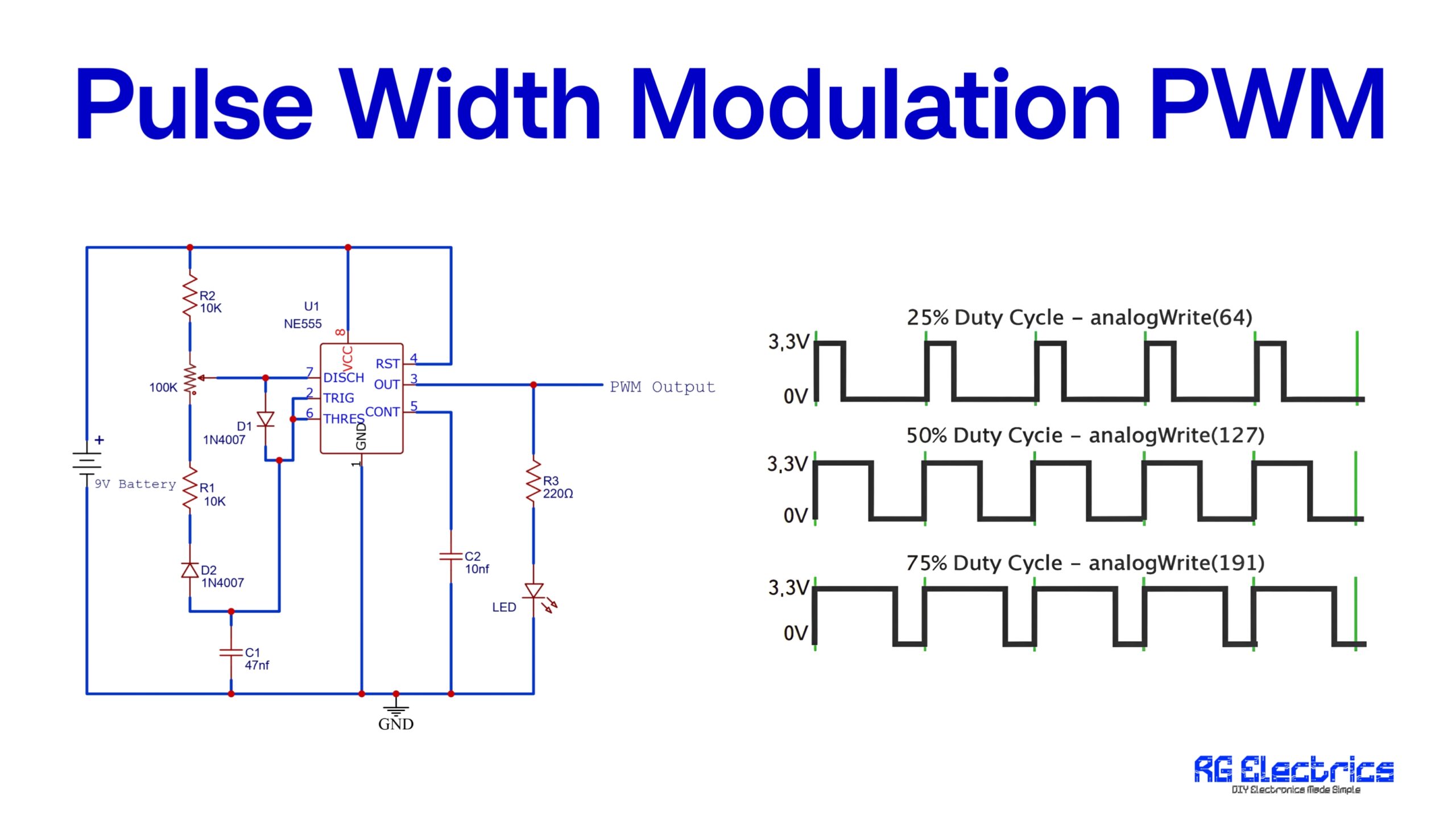Table of Contents
Introduction
Tesla coils are fascinating devices capable of producing high-voltage, low-current, high-frequency AC electricity. Originally invented by Nikola Tesla, these coils demonstrate the principles of resonance and wireless energy transmission.
In this article, we explore how to build a Mini Tesla Coil using a BD243 transistor. This is a beginner-friendly project that operates on a 12V DC power supply and can be used for educational demonstrations and small wireless power applications.
Component Details
| S.No | Component | Value/Part Number | Quantity |
|---|---|---|---|
| 1 | Power Supply | 12V DC | 1 |
| 2 | Transistor | BD243 (Q1) | 1 |
| 3 | Capacitor | 1µF (105 code) | 1 |
| 4 | Resistor | 10kΩ | 1 |
| 5 | LED | Standard Red/Blue | 1 |
| 6 | Primary Coil | 1 Turn (TH) | 1 |
| 7 | Secondary Coil | 320 Turns (TH) | 1 |
BD243 Pinout

Circuit Diagram

Working of the Mini Tesla Coil
The circuit is powered by a 12V DC source. Here’s how it functions step-by-step:
- Capacitor (C1) stabilizes the voltage input and helps in forming an oscillation loop.
- Resistor (R1) limits the base current flowing into the transistor to prevent damage.
- BD243 Transistor (Q1) acts as a switch. It turns ON and OFF rapidly due to the feedback from the primary coil (L1).
- Primary Coil (L1) is directly connected to the collector of the transistor and creates a magnetic field as current flows through.
- Secondary Coil (L2) picks up this rapidly changing magnetic field and induces a much higher voltage due to the large number of windings (320 turns).
- The LED is used to indicate that the circuit is active and oscillating.
- The output from L2 can light up fluorescent bulbs or charge small devices wirelessly when brought near.
This setup essentially turns the transistor into a self-oscillating switch, pulsing current through the primary coil, which creates the high-voltage induction in the secondary.
Applications
- Wireless transmission experiments
- Educational demonstrations of electromagnetic induction
- Small-scale wireless power transfer projects
- DIY science fair models
- Basic understanding of transistor oscillator circuits
Conclusion
This mini Tesla coil circuit is a simple and educational project for electronics enthusiasts. It demonstrates core principles of electromagnetism and high-frequency induction. With minimal components and a straightforward design, it’s perfect for beginners looking to get hands-on with exciting electronic projects.
















Nice devices. Inexpensive and simple. I simply plug a drone motor (instead of power) into the power jack of one and it gets powered by another powered coil perfectly. I have charge coupling occurring at 18″ even through a vacuum jar. I believe that quantum coupling can allow this action at any distance.